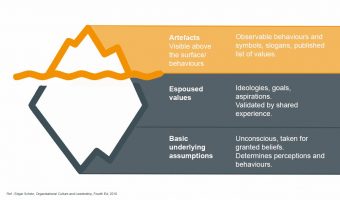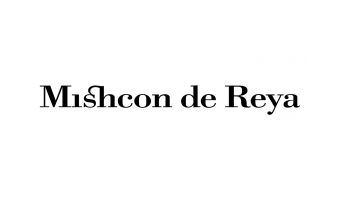News from in & around
The Clubhouse
How to Get The Most From Your Next Meeting

Sometimes it’s hard to concentrate in a meeting, but being ‘present’ could give you an outcome beyond expectation
Many businesses have a problem with meetings – people are physically in the room, but their mind is somewhere else. It’s infuriating for their co-workers and can render an opportunity to be productive as a total waste of time. According to Craig Jarrow, aka the Time Management Ninja, there’s one golden rule: “If you are in the meeting, you are in the meeting.” This means if you are going to be in the room, you must participate. You cannot attend if you are going to work on other things.
The Potential Project, a leading global provider of organisational effectiveness programmes, specialise in teaching the tools we need for enhanced focus, clarity of mind and resilience, which is vital for modern-day working life and effective collaboration. “We have all experienced being with people who are not present with us,” explains Daniel Stane, senior consultant and facilitator at the Potential Project. “We have also caught ourselves not being fully present with others, yet the greatest gift you can give another person is the value of your full presence. The essence of meetings with mindfulness is to be fully present with the people we are with, for as long as we are with them. In this way, every meeting can be an exercise in mindfulness. The person or people we are with are the focus or anchor for our attention.”
Their advice is that to be fully present with those you are with is not only respectful, it can also be an efficient and effective way to get to the point, cover your agenda, manage your time, and be clear on actions and decisions. Following on, it also means you can end the meeting in a clear, concise way and move on to your next task.
There are three phases in every meeting:
1. Preparation
When you are going to a formal meeting: take a break with mindfulness before you enter the meeting (three full, deep breaths). This allows you to let go of what you are coming from and allows you to better focus on what is coming up. If your corporate culture allows it, the meeting can start like this for all participants.
2. The meeting itself
The basic principle is to be fully present with the people you are with, for as long as you are with them. If all meeting participants are fully present and engaged with each other and the common agenda, it will save time and energy for all making for a shorter and more effective meeting, whilst at the same time everyone will have a better experience in the room.
3. Closing the meeting
Mindful meetings can be brought to a close so they do not drag on unnecessarily and where everyone is more comfortable. Be direct enough with one another to bring the meeting to a close and be clear on accomplishments and next steps.
But don’t limit this framework to just your formal meetings which take place in The Clubhouse boardrooms and meeting rooms – you can use this in a variety of situations. For informal meetings, such as meeting people in our open plan, flexible meeting areas, at the coffee machine, in the corridor, at the desk or on your way to work, you can employ the same three principles and get the most out of your agenda.
This article was originally featured in The Informer. To read the full magazine, please click here.


